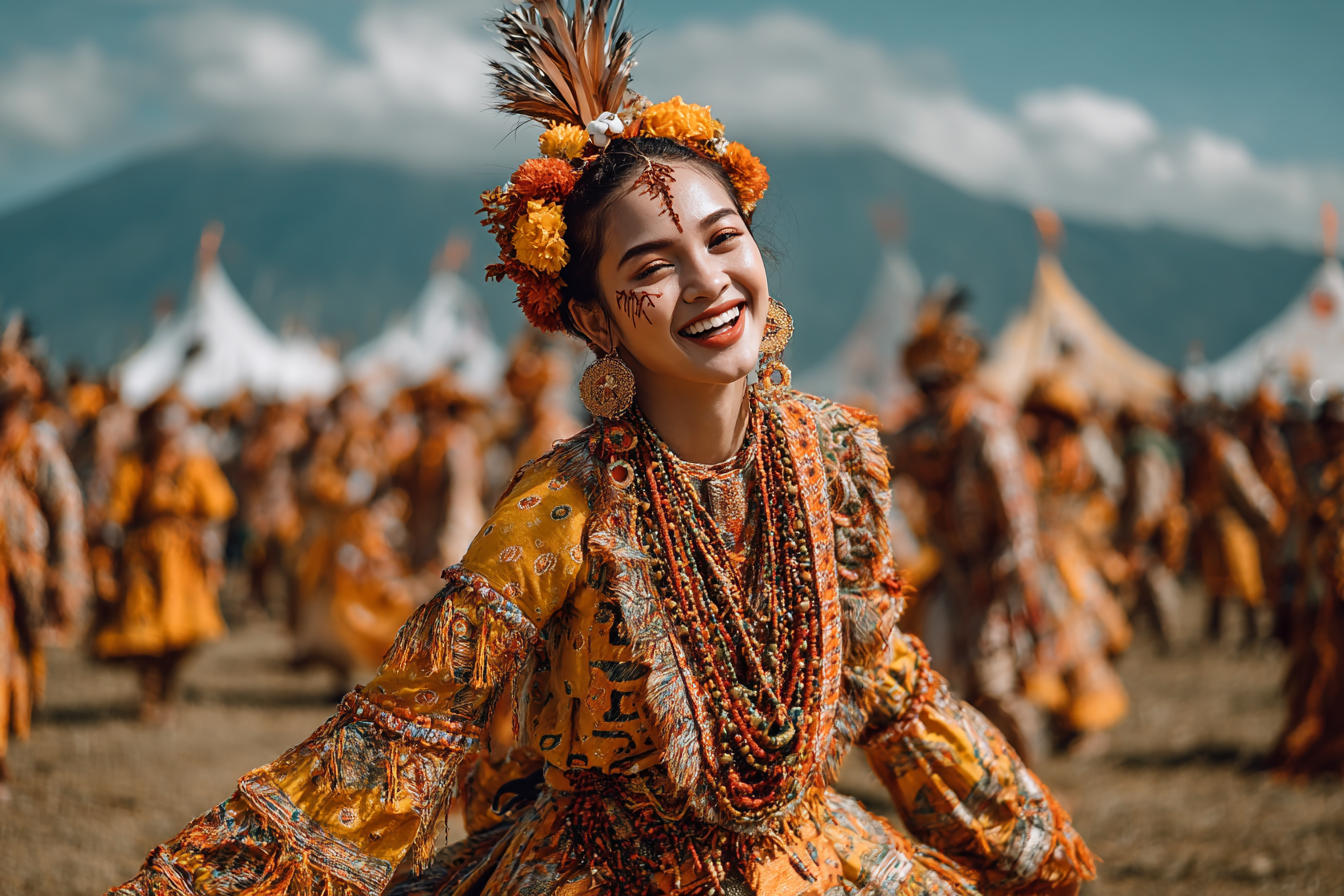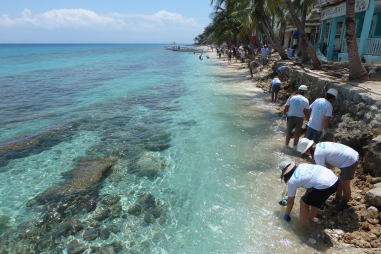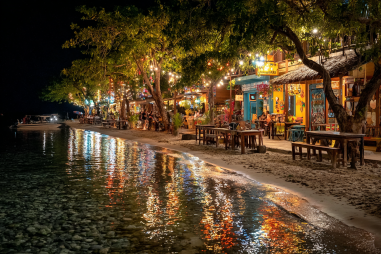Mount Mayon, with its perfect cone shape, is undoubtedly one of the most breathtaking natural wonders in the Philippines. But beyond its scenic beauty lies a rich tapestry of culture and tradition that defines the Bicol region. Exploring the cultural experiences near Mount Mayon offers travelers a deeper understanding of the people, their history, and their vibrant way of life. From lively festivals and traditional crafts to mouthwatering cuisine and engaging interactions with local communities, there’s a wealth of heritage waiting to be discovered beyond the volcano’s majestic silhouette.
Discovering Bicolano Culture
The Bicol region is known for its passionate and warm-hearted people, whose culture is a blend of indigenous heritage and Spanish colonial influences. Rooted deeply in Catholic traditions, the Bicolanos are also known for their distinct language, colorful customs, and a strong sense of community. Many of their cultural expressions reflect their relationship with nature, especially the ever-present Mount Mayon, which they regard with both reverence and pride. Visitors often find that the people’s resilience and friendliness add a unique charm to their cultural experiences in the area.
Festivals and Events Near Mount Mayon
One of the best ways to immerse yourself in the local culture is through the region’s vibrant festivals. Near Mount Mayon, festivals are lively and colorful celebrations filled with music, dance, and fervent religious devotion.
- Mayon Volcano Foundation Anniversary: This event commemorates the foundation supporting local communities around the volcano, often marked by cultural presentations and environmental awareness activities.
- Magayon Festival: Held annually in Legazpi City, this festival is named after a legendary local tale and celebrates beauty, culture, and the spirit of the Bicolanos. Colorful street dances, beauty pageants, and food fairs are highlights of the festivity.
- Feast of Saint Gregory the Great: This religious festival in Daraga involves traditional processions and ceremonies that spotlight the deep Catholic faith of the community.
Participating in or witnessing these events allows visitors to see life in Bicol at its most spirited and authentic.
Traditional Arts and Crafts to See and Buy
The Bicol region is home to artisans who keep traditional crafts alive through generations. A visit to local markets or craft villages near Mount Mayon reveals an array of handcrafted items that reflect the area’s cultural identity.
- Handwoven Textiles: Bicolanos produce beautiful handwoven fabrics using traditional methods. These textiles often feature vibrant patterns inspired by nature and local myths.
- Nito and Rattan Weavings: Skilled craftsmen transform natural fibers into intricate baskets, bags, trays, and furniture that are both functional and decorative.
- Pottery: Some communities maintain the age-old practice of pottery-making, creating unique ceramics that serve as souvenirs and home accents.
Buying these crafts not only supports local artists but also allows visitors to take home a piece of Bicol’s heritage.
Delighting in Local Cuisine Specialties
Food is an essential window into any culture, and Bicolano cuisine offers a flavorful journey full of bold tastes and indigenous ingredients. The culinary tradition here is famously spicy and creamy, often featuring coconut milk and chili peppers.
- Bicol Express: This signature dish combines pork cooked in rich coconut milk with fiery chili, embodying the region’s signature spicy profile.
- Laing: Made from dried taro leaves simmered in coconut milk with chili and shrimp paste, it’s a must-try delicacy.
- Pinangat: A flavorful stew of fish or shrimp wrapped in taro leaves and slow-cooked in coconut milk, wrapped traditionally in banana leaves.
- Other Delights: Try local sweets like pili nut candies and ice creams, as well as fresh seafood from the coastal areas around Mayon.
Exploring eateries and markets or trying home-cooked meals with local families offers a taste experience that complements cultural immersion beautifully.
Visits to Cultural Villages and Museums
For those keen on deeper cultural understanding, several cultural villages and museums near Mount Mayon provide context and history about the Bicolanos and their way of life.
- Cagsawa Ruins and Museum: While famous for the Mayon Volcano eruption of 1814, this site also hosts a museum detailing local history and geology intertwined with cultural narratives.
- Daraga Church: A stunning example of baroque architecture, this church showcases the Spanish influence on religion and art in Bicol.
- Bicol Art Museum: Located in Legazpi, this museum exhibits works by local artists depicting Bicolano traditions and landscapes.
- Local Cultural Villages: Several communities offer tours that showcase indigenous customs, traditional farming, and folk performances, providing hands-on cultural interaction.
These visits enhance appreciation of the region’s layered history and artistic heritage.
Interacting with Local Communities
One of the most fulfilling ways to experience Bicolano culture is through genuine interaction with the people. Staying in homestays, joining community tours, or participating in workshops offers, tourists a chance to connect beyond the usual sightseeing.
Many locals are eager to share their stories, traditions, and daily life, whether it’s through cooking classes, craft-making sessions, or simple conversations. These exchanges provide insights that transform a regular trip into a meaningful cultural journey.
Responsible Cultural Tourism Tips
While exploring the diverse cultural experiences near Mount Mayon, it’s important to approach with respect and mindfulness. Here are some tips to ensure your cultural adventure is positive for both you and the local community:
- Ask before taking photos: Always seek permission when photographing people, especially during festivals or private moments.
- Support local businesses: Buy crafts directly from artisans and eat at local establishments to contribute meaningfully to the community’s economy.
- Respect traditions and customs: Observe local etiquette, dress modestly during religious events, and be open to learning about cultural sensitivities.
- Minimize environmental impact: Stay on designated paths, avoid littering, and support initiatives that protect Mount Mayon and surrounding areas.
By being a responsible traveler, you help preserve the culture and environment that make the Bicol region so special.
Enhancing Your Trip with Culture
Your visit to Mount Mayon is not just about admiring a natural icon but also about embracing the cultural richness of the Bicolano people. By attending festivals, savoring traditional dishes, exploring arts and crafts, engaging with communities, and visiting cultural landmarks, you add layers of meaning to your adventure.
This holistic approach to travel transforms each moment into a memorable experience, where natural beauty and human stories intertwine. When you respect, learn, and participate, Mount Mayon becomes much more than a volcano — it becomes a gateway to the vibrant heart of Bicolano culture.







